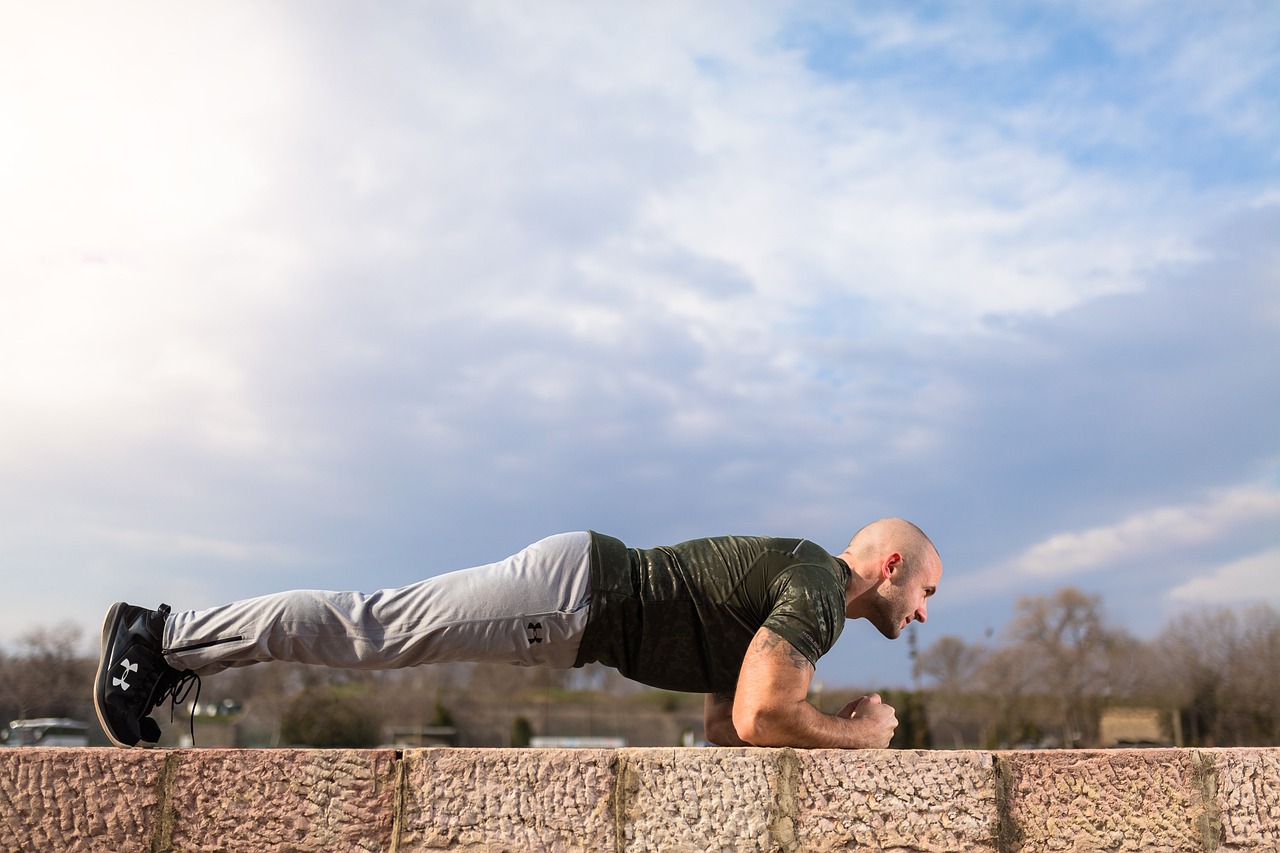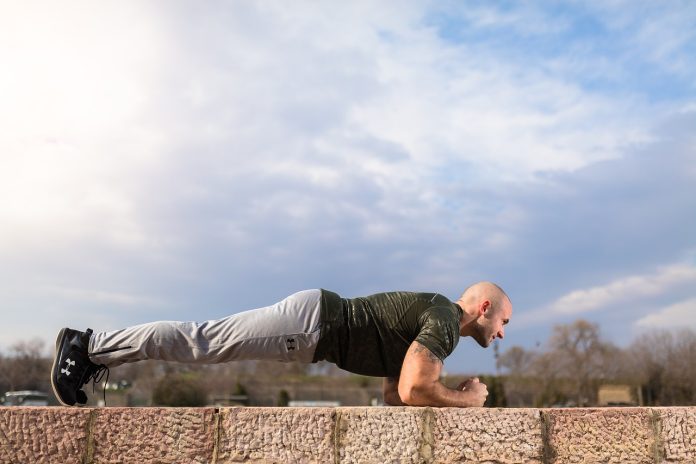The plank is one of the most effective bodyweight exercises for strengthening multiple muscle groups, including the core, shoulders, back, and arms. It’s a staple in fitness routines ranging from yoga to strength training and offers a low-impact yet powerful way to build endurance and stability.
But planking isn’t just about working your abs—it engages nearly every part of your body when done correctly. According to Stephen Marcotte, an NSCA-certified strength and conditioning specialist, focusing on activating all engaged muscles can maximize the benefits of planking.
What Muscles Do Planks Work?
Planks are classified as an isometric exercise, meaning they strengthen muscles without movement. Here’s how planks engage different muscle groups:
- Core Muscles
Planks primarily target the transverse abdominis (deep core muscles) and rectus abdominis (the “six-pack” muscles). These muscles are essential for core stability, posture, and even organ protection.
- Obliques (Side Abs)
Your internal and external obliques, which run along the sides of your core, play a crucial role in maintaining spinal stability and preventing rotation. Exercises like side planks and rotational planks specifically target these muscles.
- Back Muscles
Your erector spinae (which helps with spinal support) and latissimus dorsi (the large V-shaped back muscles) are activated in planks to keep your spine aligned. A strong core reduces back pain and prevents injury.
- Shoulder and Arm Muscles
Holding a plank engages the deltoids, trapezius, rhomboids, and pectoral muscles, making it an excellent upper-body endurance workout. Variations like up-down planks further activate the arms, particularly the biceps and triceps.
Step-by-Step Guide: How to Do a Perfect Plank
To get the most out of your plank, proper form is crucial. Follow these steps:
- Get into position – Start in a push-up position with your hands directly under your shoulders.
- Engage your core – Tighten your abdominal muscles to keep your spine neutral.
- Align your body – Your body should form a straight line from head to heels. Avoid arching your back or raising your hips too high.
- Hold and breathe – Maintain the position while breathing steadily. Start with 20 seconds and gradually increase the duration.
Plank Variations for a Stronger Core

To keep your workouts challenging, try these plank variations:
Forearm Plank – Increases tension in the core and shoulders.
Side Plank – Targets obliques and improves stability.
Rotational Plank – Enhances oblique engagement with twisting motion.
Up-Down Plank – Works arms and shoulders while keeping the core engaged.
Single-Leg Plank – Adds difficulty by challenging balance.
Tips for Incorporating Planks into Your Routine
- Start with short holds – Begin with 20-30 seconds and gradually work up to one minute.
- Plank daily – Since planks are low-impact, they can be done every day.
- Mix it up – Incorporate different variations to target all muscle groups.
- Focus on form – Quality is more important than duration.
- Increase difficulty – Use weights or instability tools like an exercise ball.
Final Thoughts
Planking is a simple yet powerful exercise that strengthens the entire body without any equipment. Whether you’re a beginner or an advanced fitness enthusiast, adding planks to your routine can improve posture, balance, and core strength. Start today and feel the difference!



